In general, busy and congested urban roads are not suitable for using electric skateboards, and you need rich experience in riding skateboards to deal with various emergencies on busy roads. If you are a beginner, we do not recommend you to use electric skateboards in crowded urban areas to avoid traffic accidents and hurt others or yourself. In urban areas of the United States, different places have different road conditions. If you live in a place with many road defects, such as a hilly city with rough roads, rough terrain, and many sharp turns, you need to be more familiar with using electric skateboards.
Riding Motorized Skateboards on Flat Asphalt Roads
No special skills are required to ride an electric skateboard on any flat road. As long as you can maintain your body balance and are familiar with using electric skateboards, you can use electric skateboards to drive on the road, but Note the following safety rules:
a. Remember to wear safety gear such as helmets, elbow pads, and knee pads.
b. Play within the speed range that you can control
c. Don't try stunts lightly
d. Try to play in areas with few people
Safety is a relatively important element in popular sports. Only by ensuring personal safety during play can we talk about other issues such as technical entertainment. When using electric skateboards, at least follow the relevant local safety regulations.
Riding E-kateboards on Rough Surface
For riding an Electric Skateboard on rough surface you need softer and larger wheels. They will absorb shocks, roll over things, and generate extra forward momentum from obstacles. They will also give you longer roll with less effort.
To run such wheels, you need the right board: the right deck with the good wheel clearance, and the right trucks to fit the wheels.
Here are some basic recommendations:
- If you’re a trick-focused rider, get softer street wheels for your skateboard deck
- If you ride long-distance with rough roads on your path, get a longboard.
- If you’re an inner city commuter, get an electric skateboard with big wheels.
You can skate on rough roads if you have a deck with good concave or foot pockets, a sturdy and stable pair of trucks, and a set of larger, softer wheels that easily roll over cracks and rocks. The bigger your wheels, the better you can roll over bumps, rocks, and potholes.
While you can skate on rough roads with the right gear, street/trick style riding an electric skateboard can be challenging on rough surfaces. Traditional street skating requires relatively smooth surfaces to accommodate the small, 100A+ wheels suitable for doing kick tricks, jumps, and grinds.
Riding Electric Skateboards on Cracked Sidewalks
Lucky are those who always find a smooth skating spot. Most of these skateboardes face less trouble over shaky rides and falling out of balance.
However, at least once in our lives as skaters, it’s impossible to keep a clean record of skate rides without falling off the deck because of road cracks. It sounds adverse, but that’s the reality.
But don’t worry. There some tips for how to ride an electric longboard over cracked sidewalks, so you won’t have to fear these skateboard trail issues and can skate more confidently.
- Plan your route in advance
When you're going to pass the Cracked Sidewalk, you can pick a trail your eyes can see from your starting point. From there, set your goal of finishing the entire length. You’re also able to establish the right footing, so driving the board in any direction would be easier. Additionally, you’ll attain the best stance and posture to keep your balance as you skateboard on sidewalk cracks. - Execute Proper Footing
Suppose you have already plotted your direction and footing. The next step is to put these concepts to execution. Begin by placing your dominant or front foot centered nearly over the truck at the nose side of the skateboard. On the other hand, your back foot should be shoulder-width away from your front. So, it will likely sit near the rear truck. - Control speed
Normally, a skateboard won't move without an external force acting on it. Therefore, when you have performed the above two steps, you can use a controllable speed, such as first gear, to pass through the road smoothly. Once the skateboard gets enough momentum, place your back foot up on the deck perpendicularly and as described in the previous steps. Additionally, rotate your front foot 90° so that it’s parallel to the rear.
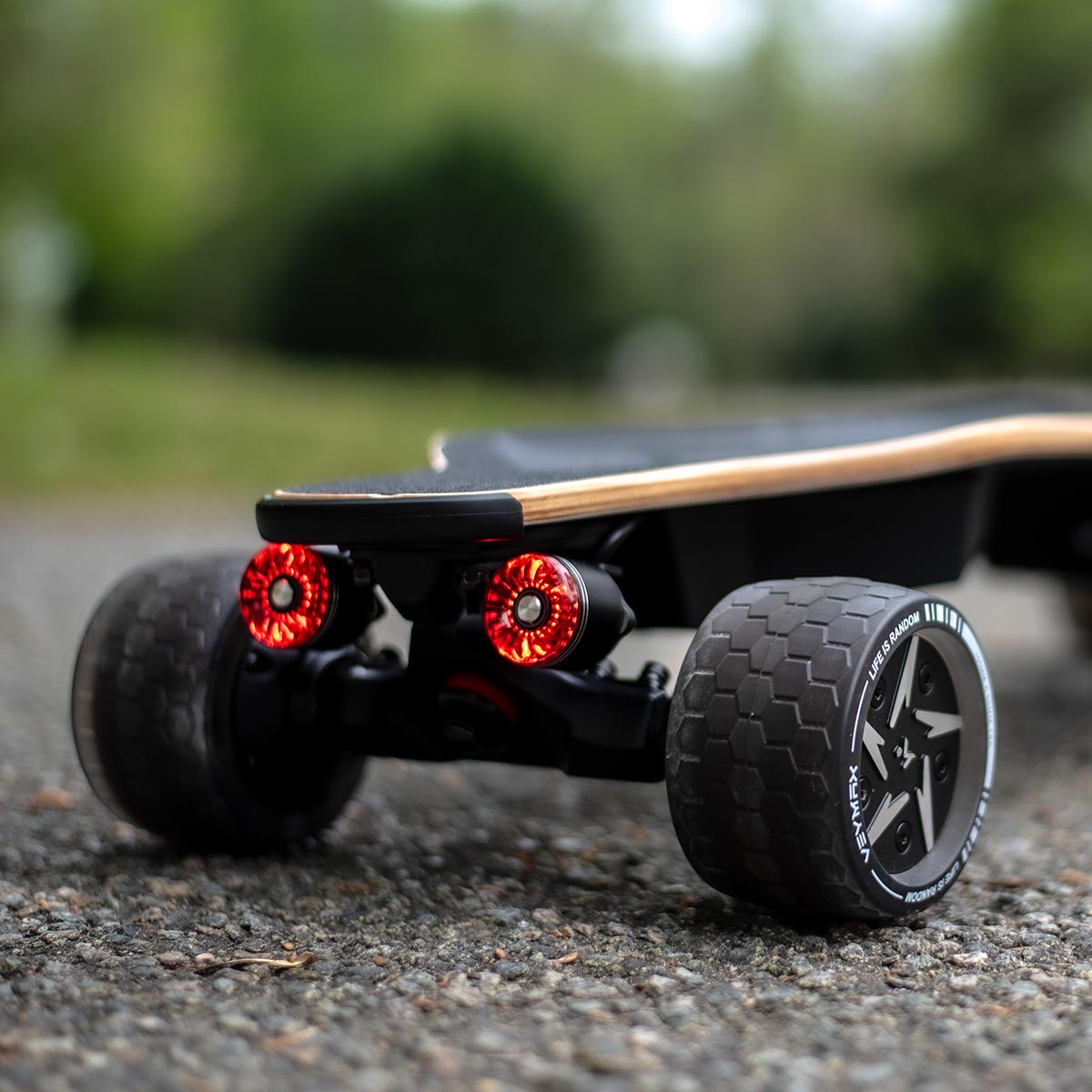
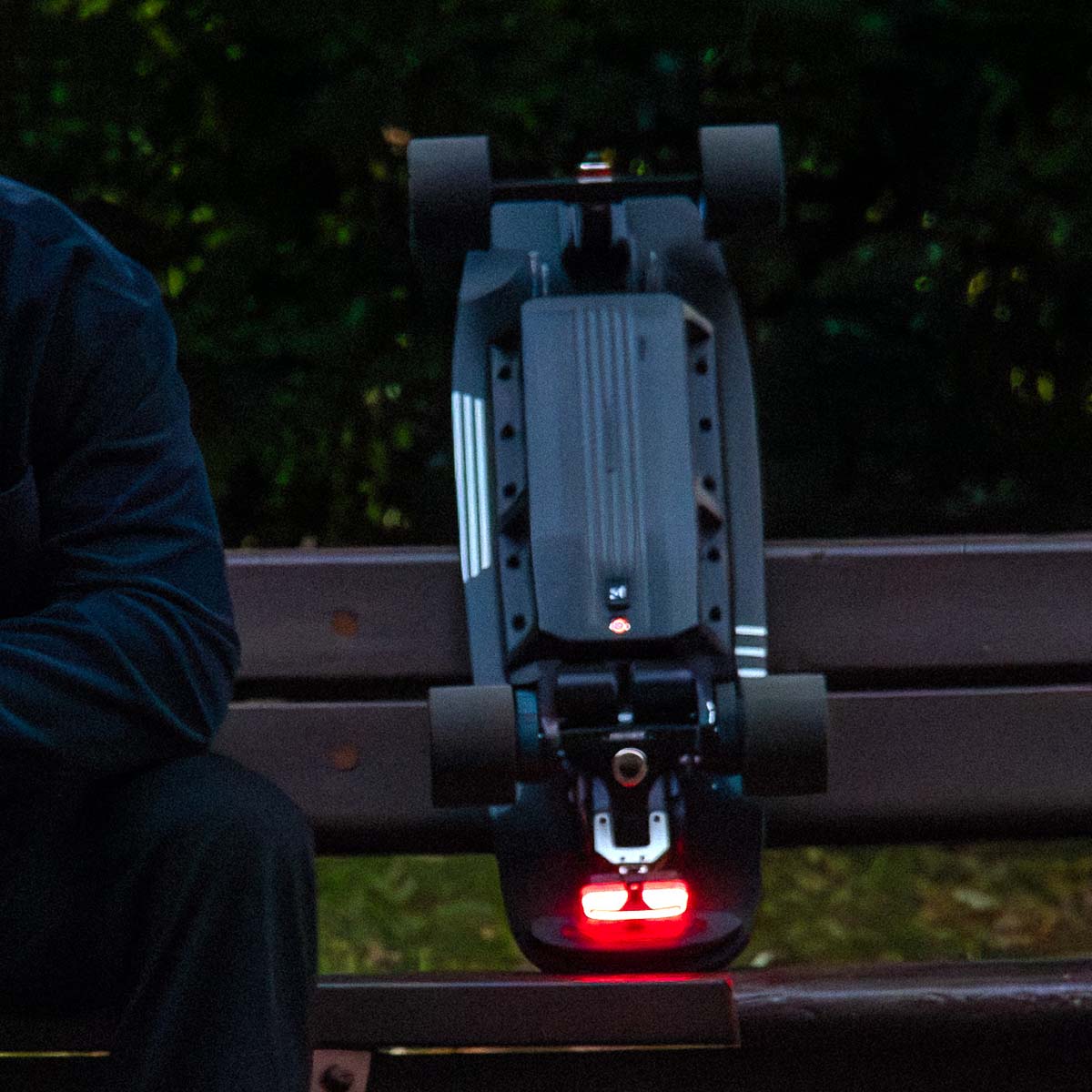
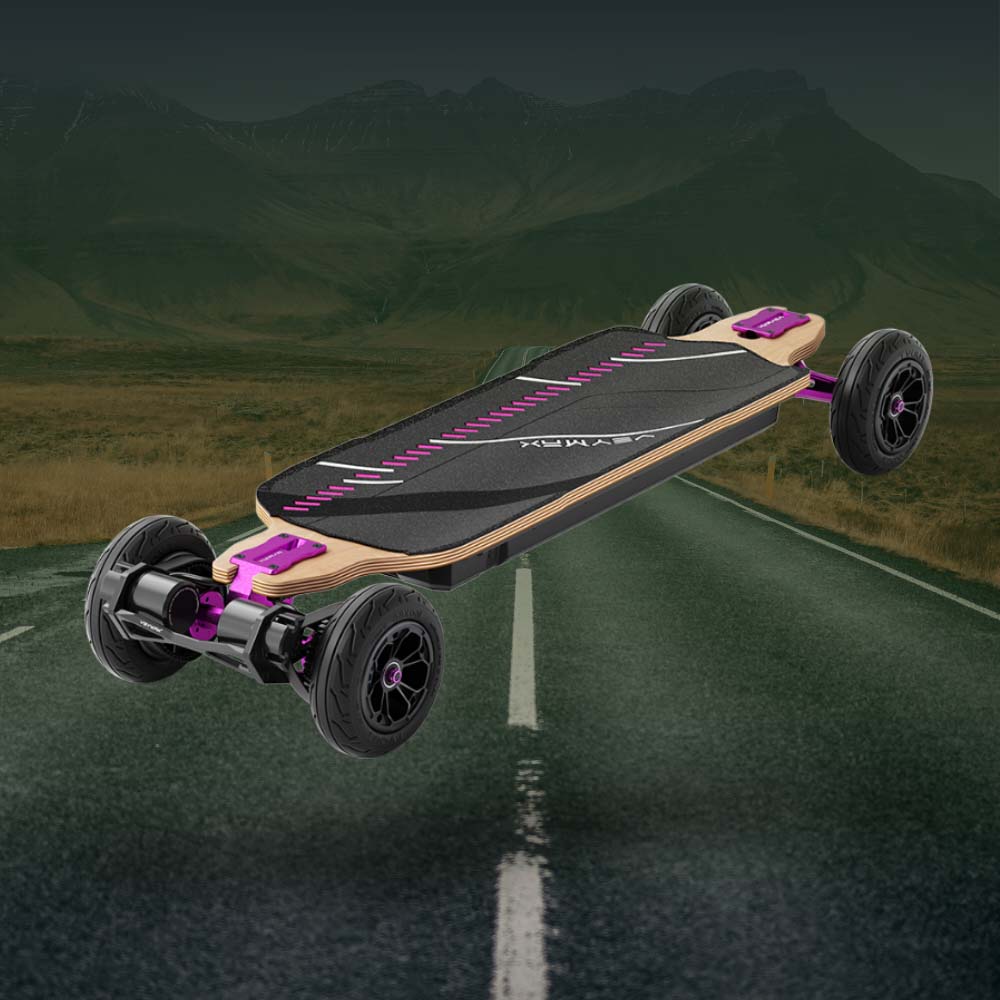
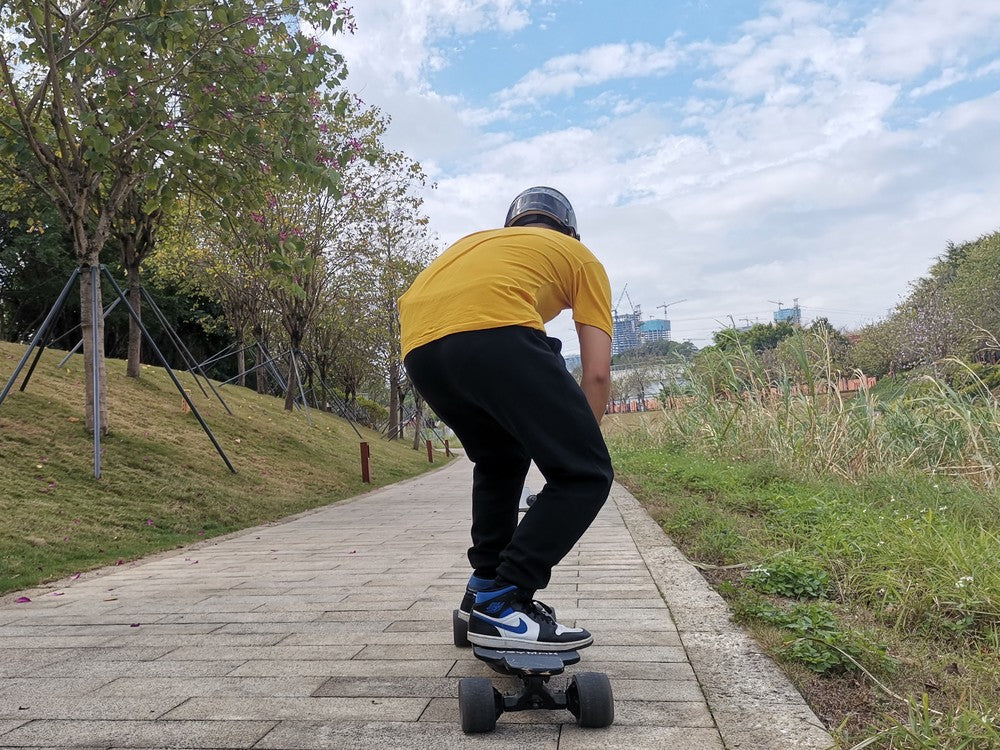
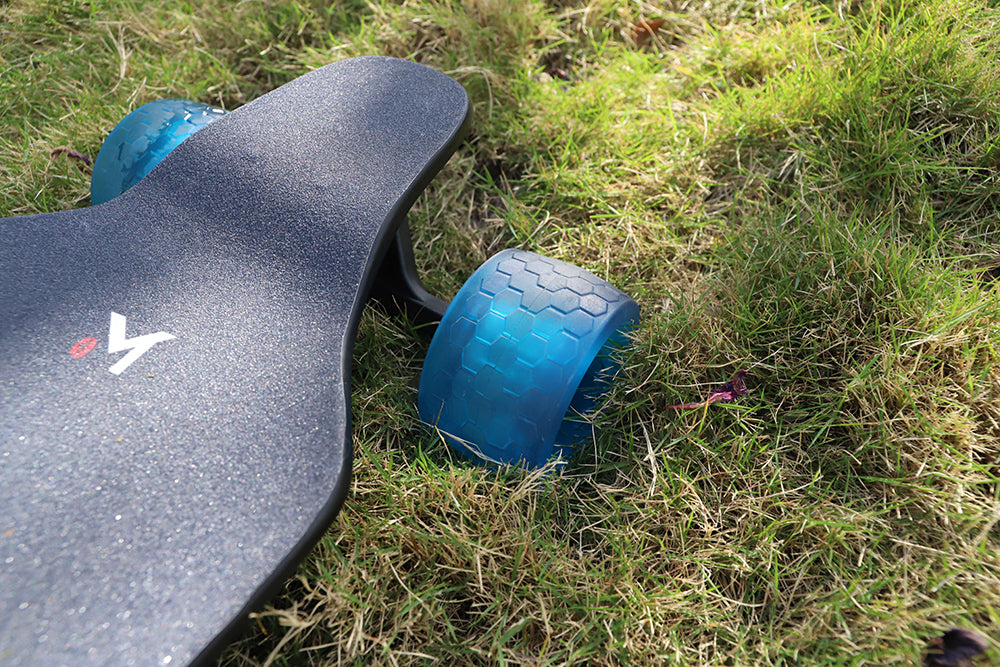
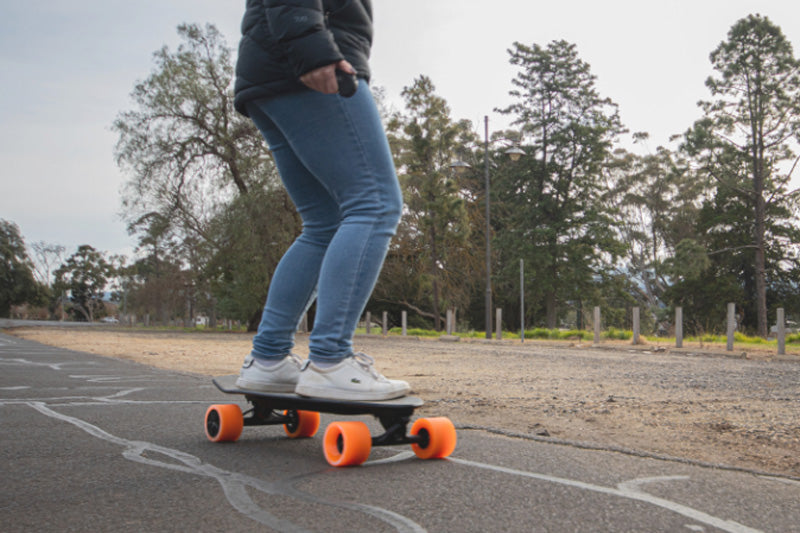
Leave a comment
This site is protected by hCaptcha and the hCaptcha Privacy Policy and Terms of Service apply.